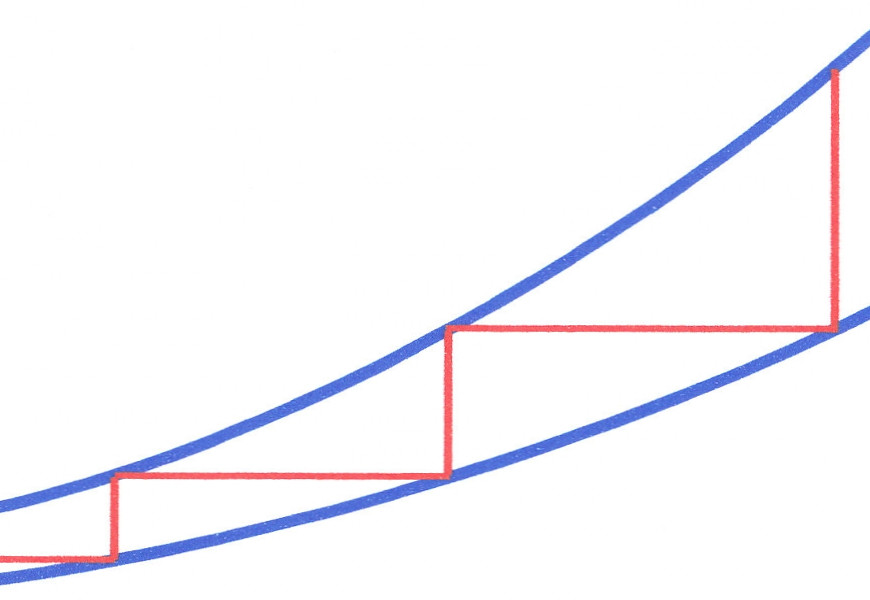Sensor Scaling – What Is It & How Do We Do It?
2 min read
MAF Tuning & Scaling
I’d say there are two types of sensor scaling.
Types – Signal Scaling
One where we are scaling/converting a signal voltage to a measuring unit (PSI, Lambda etc) and one where we are scaling a signal voltage to another voltage, either to increase the signal accuracy from the point of view the engine ECU or to manipulate the engine ECU to do what we want.
Measuring Units
In the first instance, the sensor manufacturer may give us the scaling formula to convert a voltage to a value, or we may have to record the voltage from our sensor and compare it to the actual value BAR,PSI etc (from a calibrated sensor) to come up with our own formula. I think the primary reason for converting a voltage to a measurement value is to make datalogs easier to analyse and to make the tuning process easier because we are working with actual values not abstract voltages.
Voltage
In the second instance we are receiving a value but for whatever reason the signal is not accurate for our purpose, perhaps we changed the diameter of the MAF sensor housing. In this case we can either apply a formula to the value and output the modified value to our ECU. Or we can simply multiply the sensor output value by a different number at different levels of output to achieve the results we want, smaller fuel trims, a different AFR to give two examples.
How – Signal Scaling
As described above, we apply a formula or multiplier to our input voltage in order to get the desired out, be it a unit of measurement or a modified voltage. We can use the engine ECU to do the calculations (if it’s software allows it) or a standalone/piggyback unit.


